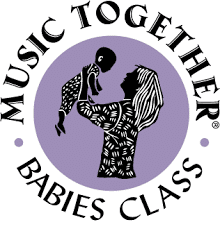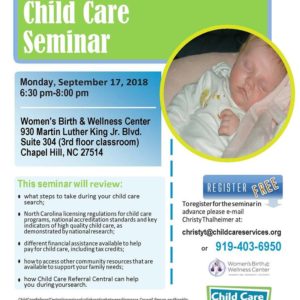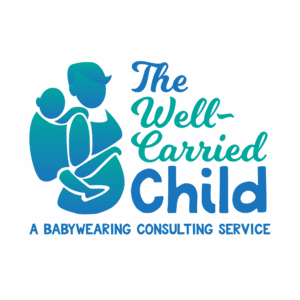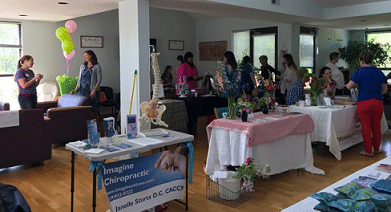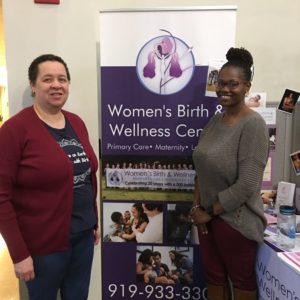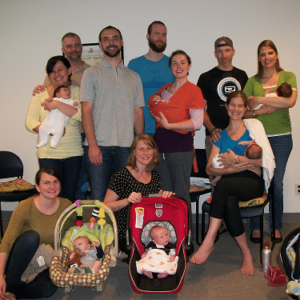by Nancy Albrecht, RN, BSN, MA On Sunday, March 11, Maureen Darcey and I and 200 other family, friends, and associates in the birth community gathered to honor the life of Svea Oster. She was a doula, home birth attendant, childbirth educator, and fierce advocate for maternal-child health for over 40 years. At the Celebration, many women and men spoke about the impact on their lives of their childbirth class experience with Svea. She gave them insight into birthing and parenting and a support network that many still rely upon today. I took Svea’s class 30 years ago with my fourth child, even though my husband and I had taken Lamaze classes three other times and I was a childbirth educator myself. I wasn’t sure I had much to learn, but she helped me turn inward to fully nurture that baby and that birth. Maureen and her husband took childbirth classes with each of their three babies, even though she was a midwife and they had both trained as Bradley childbirth educators; her husband wanted to connect with other dads. My husband became more excited and interested in the experience during Svea’s class. Peter says, “Svea was serenely confident in every woman’s ability to birth a healthy baby safely, with little or no intervention.” A childbirth educator with that kind of confidence inspires all the parents in the class with invaluable lessons and creates lasting bonds between families. Childbirth education in the United States developed in the 1970’s as a grassroots movement to give parents the knowledge and support they needed to be active participants in giving birth rather than being delivered by doctors. “The movement grew out of the realization that you didn’t have to be zonked out on drugs during labor, and that you could have someone you love in the delivery room with you,” says Henci Goer, a Lamaze International resident expert and the author of several books on childbirth.1 In 2012, according to the Listening to Mothers Survey III, 59 percent of first-time mothers took some type of childbirth class. Alternatively, 97 percent of all mothers used the Internet as a primary source, with up to 60 percent considering pregnancy and childbirth websites to be “very important sources”.2 More parents now rely on the Internet than a certified childbirth educator to learn about pregnancy and birth. Parents may feel that childbirth classes take too much time … Read More

